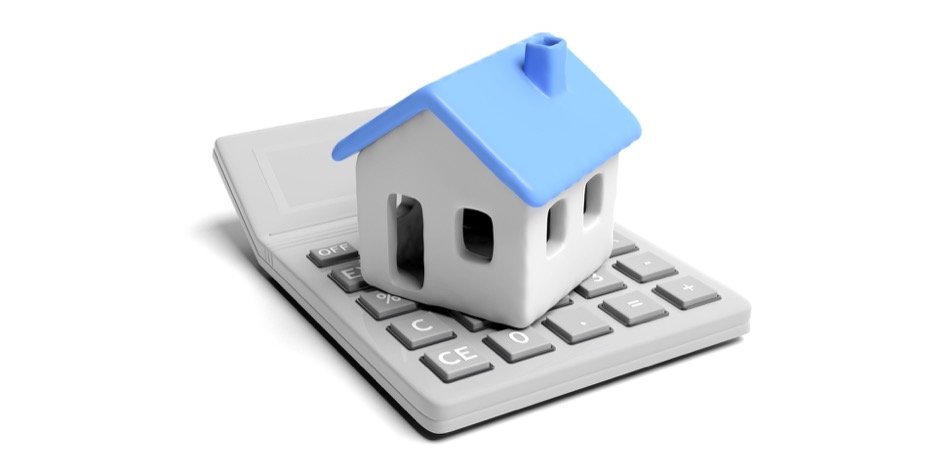Pre-Qualification, Pre-Approval and Approval: What's the Difference?
Posted by Gary Ashton on Monday, April 15th, 2019 at 9:05am.
 When people, especially millennials, start looking for a home to buy, they often start by looking at their ability to get a mortgage. If they do not, they should. The mortgage is one of the most important parts of the home buying process. Without it, many buyers could not secure the money needed to make the purchase. There are many steps to getting approved for a mortgage, and buyers should understand where they need to be before they begin visiting available properties. With an understanding of the differences between mortgage pre-qualification, pre-approval, and approval, buyers will be better prepared.
When people, especially millennials, start looking for a home to buy, they often start by looking at their ability to get a mortgage. If they do not, they should. The mortgage is one of the most important parts of the home buying process. Without it, many buyers could not secure the money needed to make the purchase. There are many steps to getting approved for a mortgage, and buyers should understand where they need to be before they begin visiting available properties. With an understanding of the differences between mortgage pre-qualification, pre-approval, and approval, buyers will be better prepared.
For informational purposes only. Always consult with a licensed mortgage professional before proceeding with any real estate transaction.
Mortgage Pre-Qualification
Mortgage pre-qualification is a simple process that helps home buyers identify what they might be able to get in a loan. Far from approval, this step can sometimes be done online in a few minutes. Typically, home buyers will provide their income, debts, and credit score. If they contact a lender for pre-qualification, the lender may request details about certain information. It is relatively easy for buyers to pass through this step of the process because the lender usually does not verify any of the data provided. It can be helpful for buyers who are very new to the process and unsure of how much house they should look for. In most cases, it provides little more than an estimate of what an applicant might receive.
Mortgage Pre-Approval
Unlike pre-qualification, mortgage pre-approval involves a lender taking a more detailed look at a potential borrower's finances. While pre-qualification asks people to provide information about their employment, income, and debts, pre-approval verifies those details. This often starts with an application to the lender. In order to establish creditworthiness, the lender typically asks for the following information:
- recent paystubs
- two years of w-2s or 1099s
- the last two years' tax returns
- Social Security numbers for each applicant to check credit
- recent bank statements, particularly for those making a cash down payment
- proof of other income or debts
Within three business days, the lender is required to either decline the application or make an offer called a Loan Estimate. This estimate identifies an interest rate that the borrower is likely to receive from the lender.
Applicants are capped by the monthly payment in relation to their income. Most of the payment relates to interest, particularly in the first few years. Establishing an interest rate helps to set a maximum amount the lender is likely to approve for the buyer. If people are planning to buy a home immediately afterward, they will usually ask the lender for a pre-approval letter they can attach to their purchase offers. They may also request a lock of the interest rate.
Why Pre-Approval Is Important When Making an Offer
People who are new to buying a home may not realize that almost anyone can make an offer on a property. Sellers are more likely to accept purchase offers made in good faith. Since many buyers need financing in order to buy a home, mortgage pre-approval acts as a way to establish good faith for the seller. With a mortgage pre-approval letter, the seller can see that the buyer has at least one lender potentially presenting funds equal to or greater than the offer price.
For good reason, buyers typically set a financing contingency in their offers. Since pre-approval is not approval, there is always the possibility that the lender will not approve a loan or that the buyer will not agree to it. Pre-approval shows the seller that the buyer can probably make good on the offer. As such, they may prefer to sign a contract with buyers who have pre-approval instead of those who do not.
Pre-Approval vs. Mortgage Approval
Although pre-approval involves a detailed look at borrowers' creditworthiness, it is not the same as mortgage approval. Loan applications need to go through underwriting with a careful analysis of many figures, including:
- income
- debts
- assets
- cash to close
There are factors that may cause borrowers' application to fail. For example, if the money they showed in the bank for a down payment came from a loan, the lender may require that the buyer wait until they have saved more money individually. Lenders often caution borrowers to avoid applying for new credit or forgetting to make timely payments during the approval process. The slightest change to a person's credit report could cause a loan to be declined. Mortgage approval comes as a Closing Disclosure that the borrowers must review and sign before they can proceed to closing.
For most people, buying a Clarksville home includes getting a mortgage. This process can take several weeks, during which buyers must also look for homes. Mortgage pre-qualification helps buyers think about their limits, while pre-approval defines them more clearly. Approval comes at the end.
For informational purposes only. Always consult with a licensed mortgage professional before proceeding with any real estate transaction.

Gary Ashton
The Ashton Real Estate Group of RE/MAX Advantage
The #1 RE/MAX team in the World!
